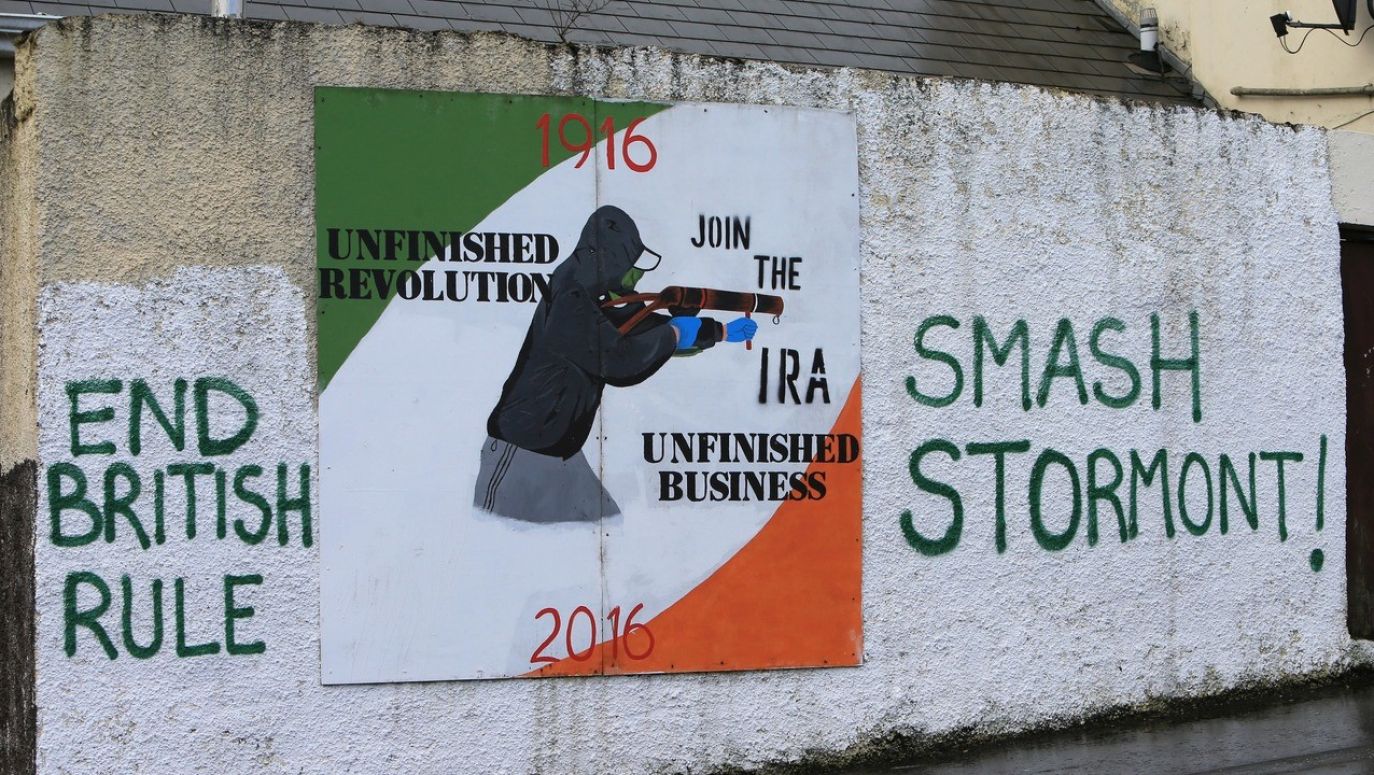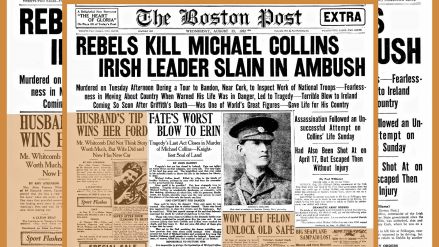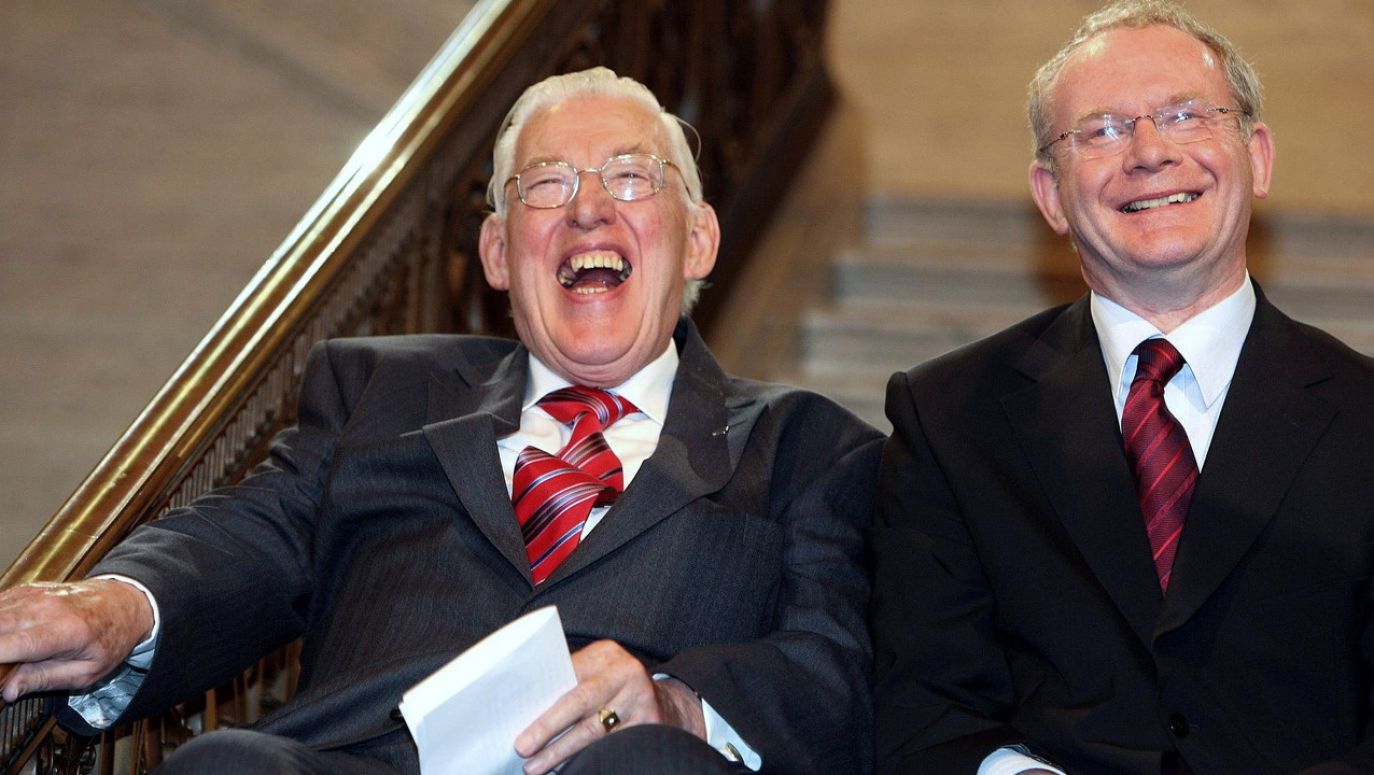Did Spence's words also convince others? David Ervine wasn't sure. In his view, despite the agreement, recruitment to paramilitary groups did not stop, but actually intensified. When he was young, he said, there were 500-600 people in loyalist paramilitary groups. Now there could be several times more.
Why? In the past, Catholics considered themselves to be an underprivileged community, and indeed they were. Decisions to level the playing field, such as requiring companies to employ Catholics in proportion to their percentage in the population, made Protestants feel threatened. In addition, many had lost their jobs. The Belfast shipyard, a powerful employer that once employed 30,000 people [this is where the "Titanic" was built], needed only 10 percent of the old number. Many Protestants felt that now they were the ones in need of protection and defending.
The Progressive Unionist Party represented a small group that did not have a decisive influence on the course of the peace talks. However, its mere presence was important, and Ervine was the party's active participant. Both he and Gerry Adams were later elected to the Northern Irish Parliament. When David Ervine died unexpectedly in 2007, Gerry Adams attended the funeral. Before 1998, this would have been unthinkable.
Pastor and terrorist
What can you say to the people of Northern Ireland today? President Joe Biden took an easy route out, summing up the successes, especially the economic dividends, that the peace brought to the province. He also encouraged the Ulster parties to return to co-governance. The province has been without a government for a year, its formation blocked by Unionists, dissatisfied with the treatment of Ulster in the Brexit agreement.
Yet the key point of the Good Friday Agreement is shared governance – a “mandatory coalition” as it is called. There is only one condition: that the largest Catholic party and the largest Protestant party must participate in the government, treated equally, regardless of their real strength. However, since the Democratic Unionist Party (DUP), the largest Protestant party, refuses to form a government for Brexit-related reasons, such a government cannot be created.
This specific system, even if it is a purely formal procedure, because true reconciliation of both communities is still a long way off, is designed to ensure that all residents of Northern Ireland feel that no one is left on the sidelines. On the occasion of the anniversary, this aspect is underlined, with utmost care, of course, but words alone will not work miracles. True, there have been swallows that, while they may not have made a spring, have served as a symbol.
One such symbolic manifestation of astonishing reconciliation was the friendship of the Rev. Ian Paisley, the long-time DUP leader, with Martin McGuinness, a member of the IRA leadership (something he did not deny although claiming to have left the organization in the 1970s). It is hard to imagine people who could be more opposed to one another -- so much so that in pre-agreement times, they wouldn't as much as shake hands.
However, the paths of sympathy and friendship are inexplicable. The pastor and the paramilitary are now remembered as two cheerful gentlemen who felt great in each other's company. “I lost a friend,” McGuinness said with obvious regret when Ian Paisley died in 2014. If someone had told him six years earlier that he would mourn the death of the most intransigent of Unionists, he would not have believed it himself.
– Teresa Stylińska
TVP WEEKLY. Editorial team and jornalists
– Translated by Agnieszka Rakoczy 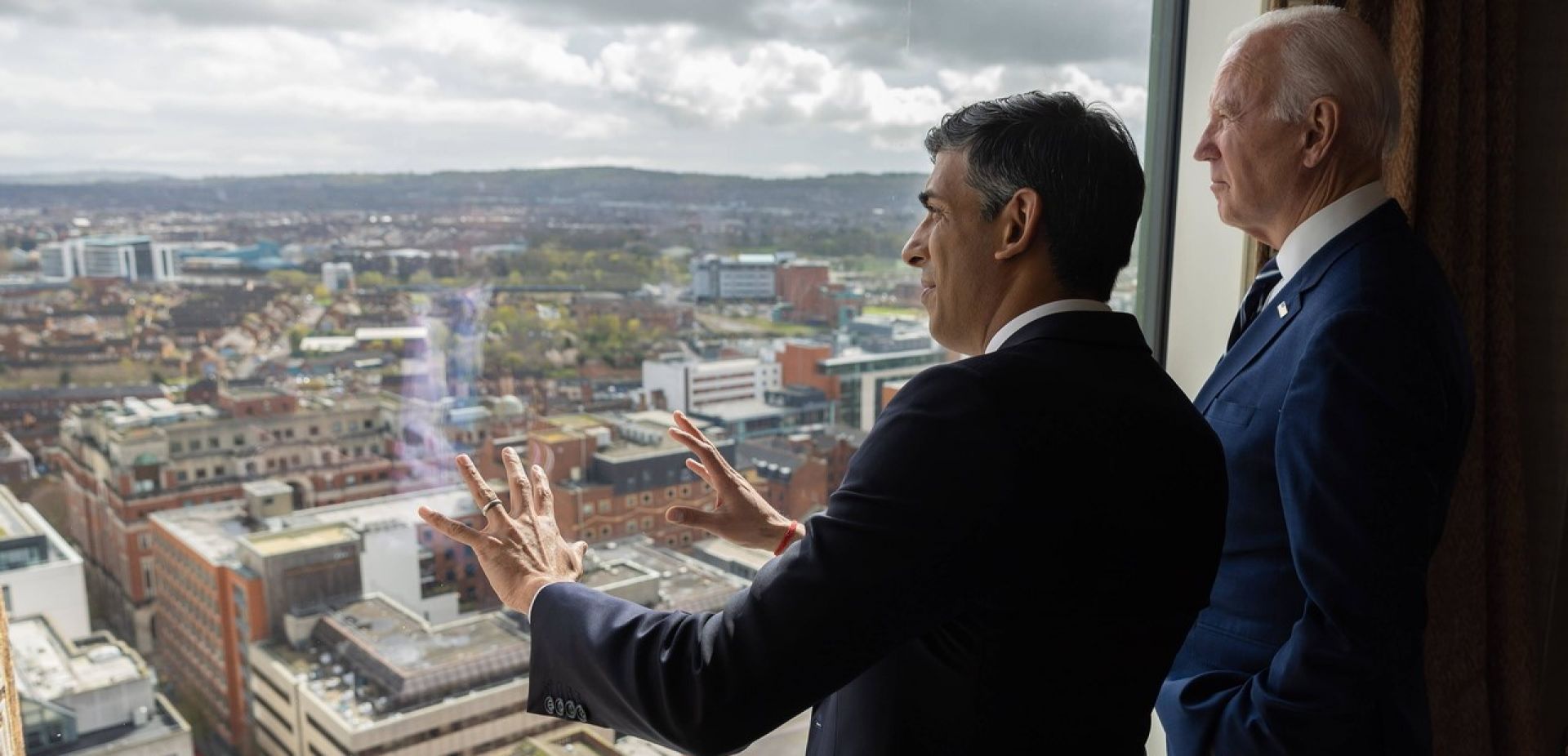
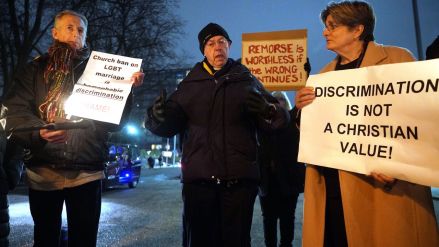
 SIGN UP TO OUR PAGE
SIGN UP TO OUR PAGE 
